Image Gallery: Carnivorous Plants
Venus flytrap
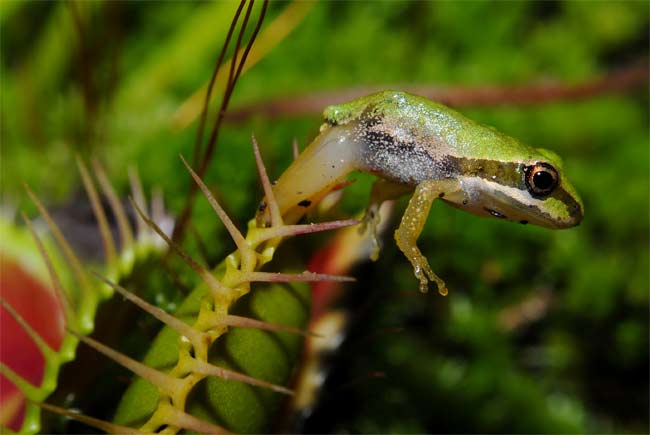
There's something unsettling about the idea of meat-eating plants, as this trapped Pacific tree frog can attest. Venus flytraps are one of the few plants that can move rapidly enough to capture bugs (and sometimes small mammals) for digestion.
Pretty in pink

Found on every continent except Antarctica, sundews ensnare creepy-crawlies on their sticky pink stalks and then absorb the bugs' nutrients.
Ant walk
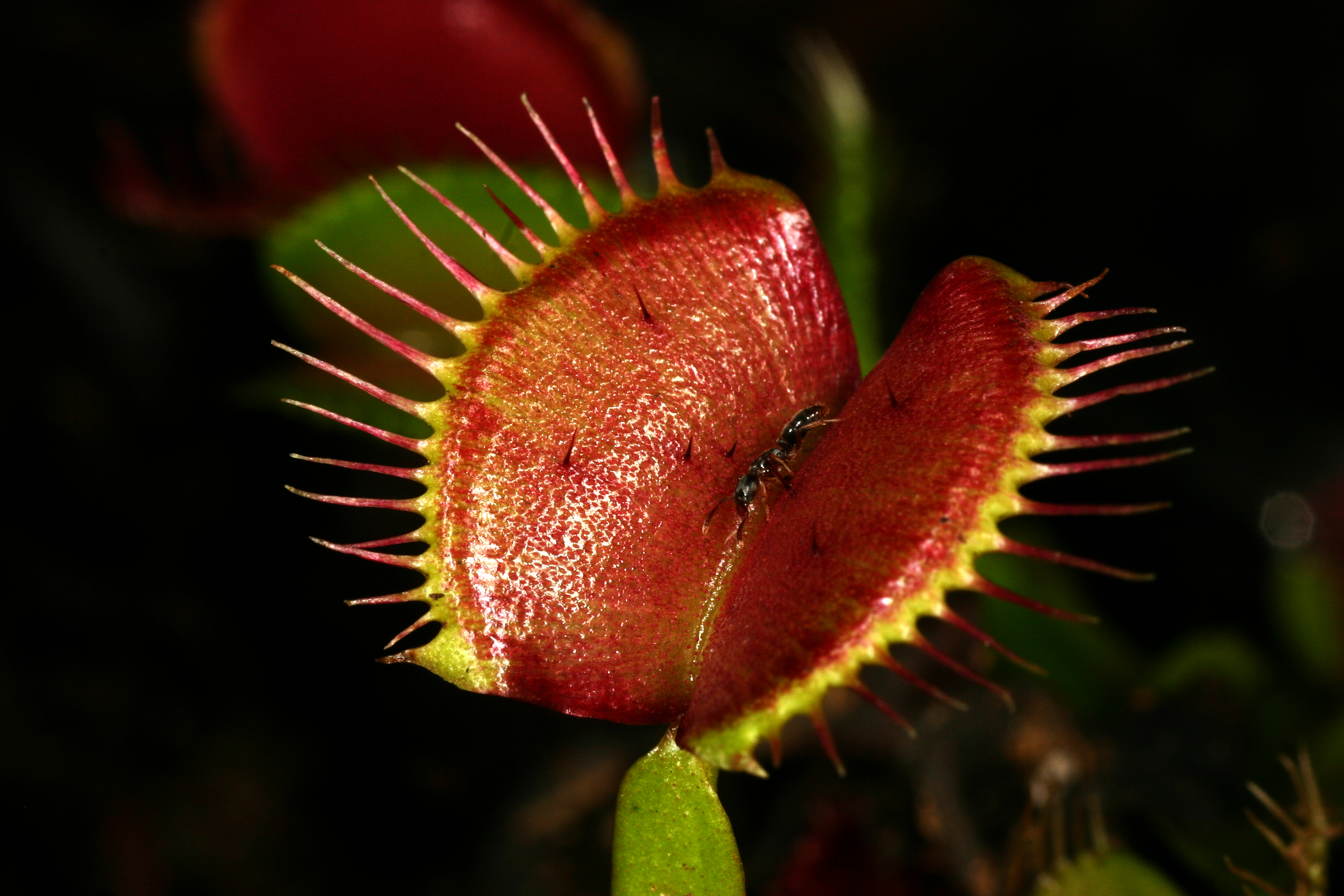
An ant walks a dangerous line in the maw of a Venus flytrap.
Spider Snacks
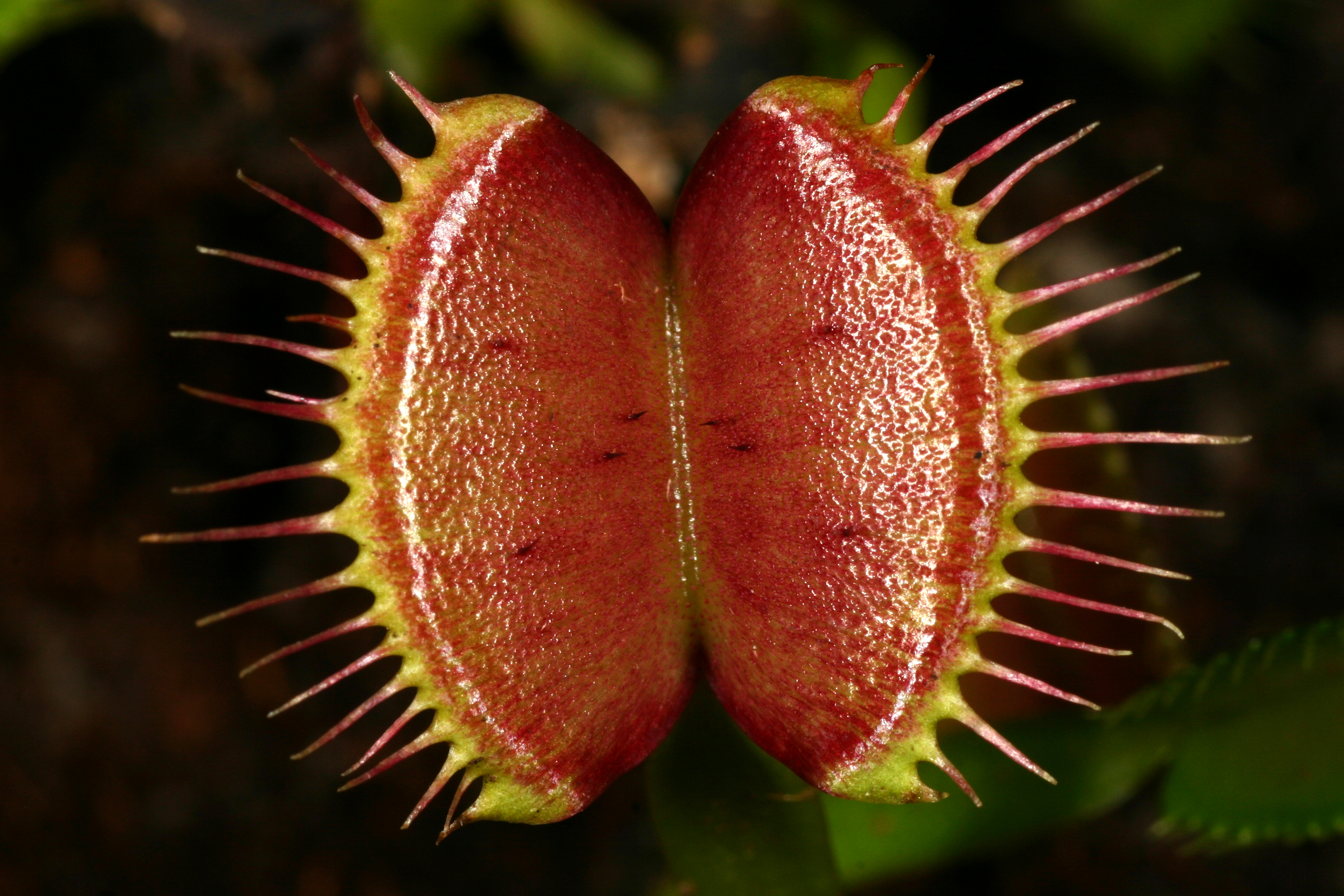
Venus flytraps thrive in poor soil because they can gather extra nutrients from meaty insects and arachnids. Tiny hairs on their clamshell-like traps cause the traps to snap shut when triggered. Enzymes then digest the plant's prey, a process that take days.
Sundew in bloom

In addition to their bright pink tentacles, sundews produce small white flowers.
Mucous trap

Like Venus flytraps, sundews can move their tentacle-like appendages in response to stimulation by prey. But sundews move relatively slowly compared with Venus flytraps, so they depend on a sticky mucus to trap bugs.
Murderous maze
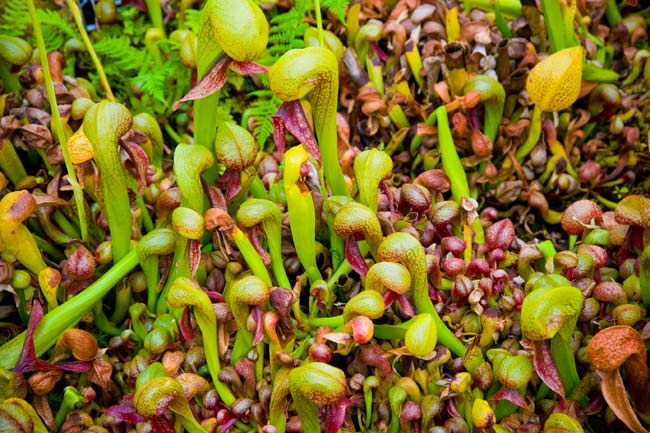
The cobra lily's snake-like beauty hides a pit of horrors. Lured into the pitcher by sweet-smelling nectar, bugs find themselves lost in a maze of false exits. Few make it out alive. Instead, it's down the slippery tube to a small pool of bacteria-rich water, where the bugs become plant food.
Get the world’s most fascinating discoveries delivered straight to your inbox.
Hooded character

The hooded pitcher plant, or Sarrancenia minor, grows in coastal regions from Florida to North Carolina. White patches let light into the hood, perhaps to lure insects further inside.
On ice
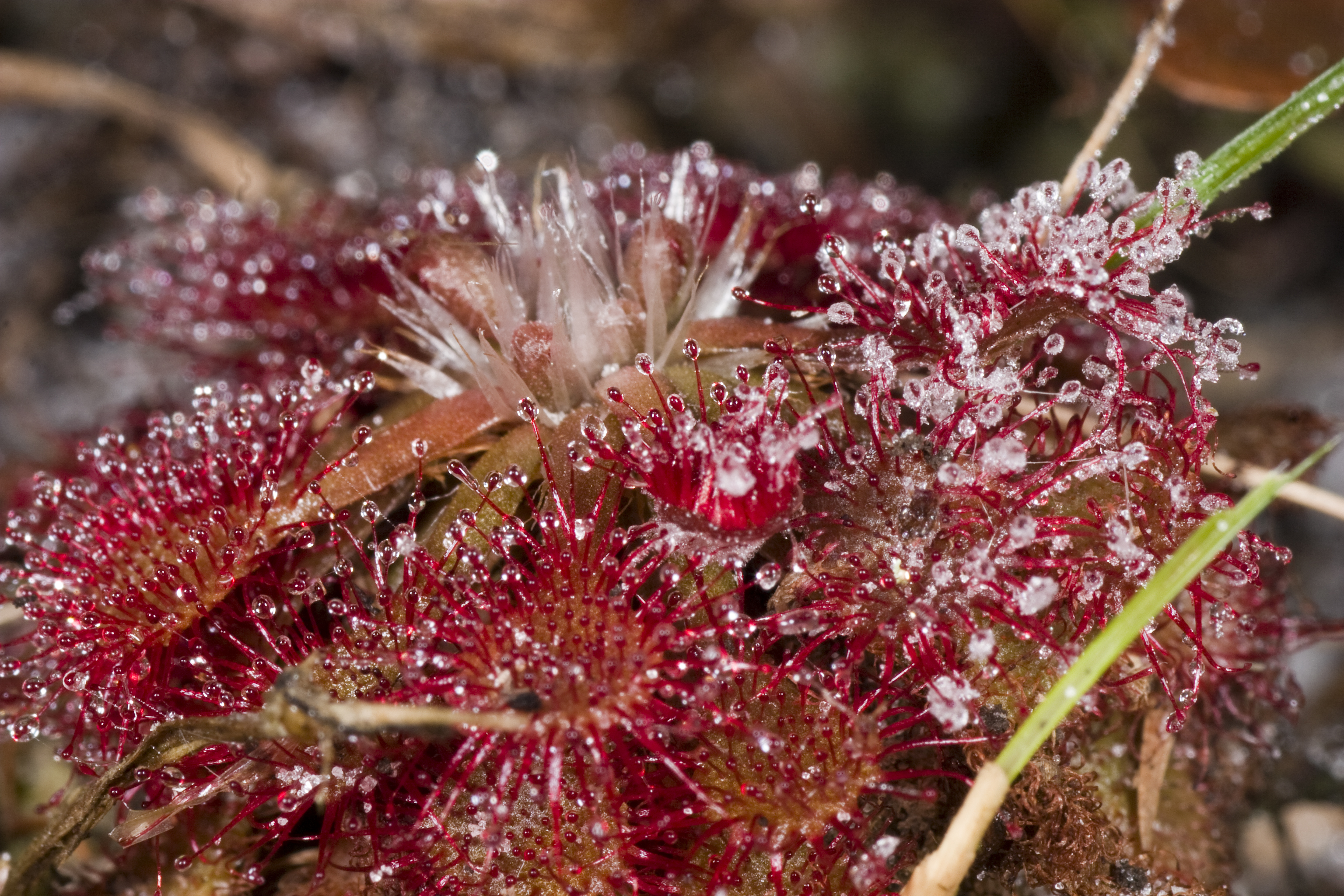
A rare frost in Hillsborough county, Fla., coated the tentacles of this sundew in ice.
Bat toilet

Another Borneo pitcher plant, Nepenthes rafflesiana elongata, has evolved as an ideal roost for small woolly bats. The relationship is mutually beneficial: Bats get a place to sleep during the day, and the pitcher plant gets the guano.
Tree Shrew Lavatory
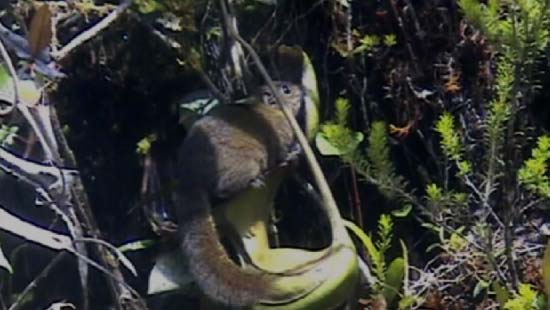
Some carnivorous plants have a rather creative way of getting their nutrient fix. The Nepenthes lowii pitcher plant in Borneo attracts tree shrews with sweet nectar. If they need to relieve themselves while eating, the shrews are perfectly positioned on the pitcher plant. Gross? Not for the plants, which get between 57 percent and 100 percent of their nitrogen from shrew poop.

Stephanie Pappas is a contributing writer for Live Science, covering topics ranging from geoscience to archaeology to the human brain and behavior. She was previously a senior writer for Live Science but is now a freelancer based in Denver, Colorado, and regularly contributes to Scientific American and The Monitor, the monthly magazine of the American Psychological Association. Stephanie received a bachelor's degree in psychology from the University of South Carolina and a graduate certificate in science communication from the University of California, Santa Cruz.


